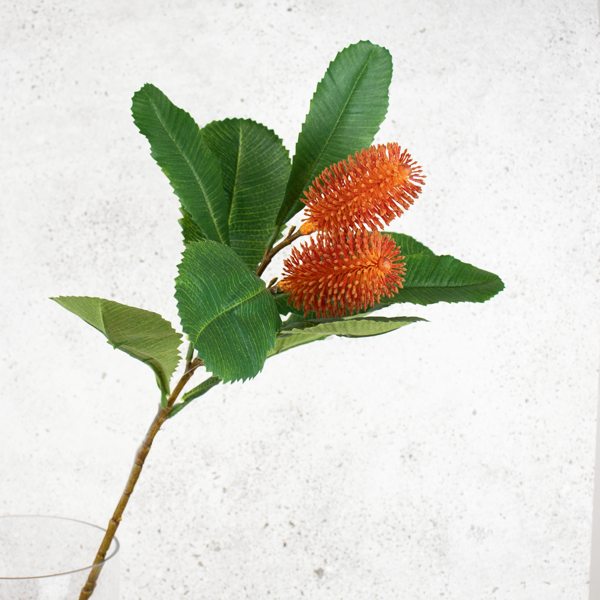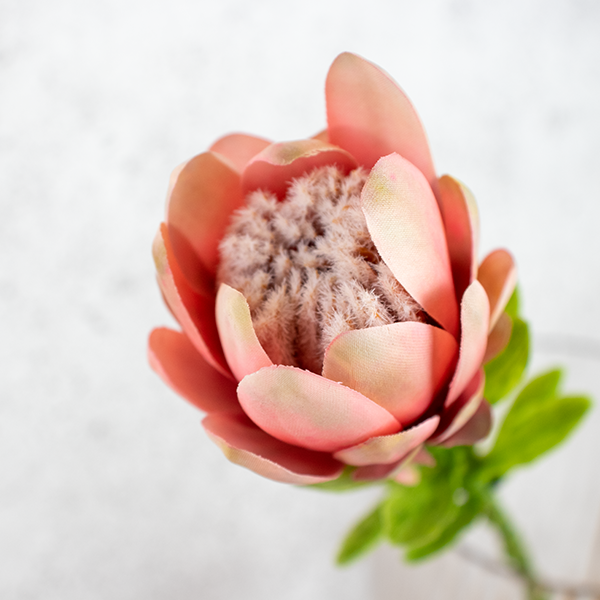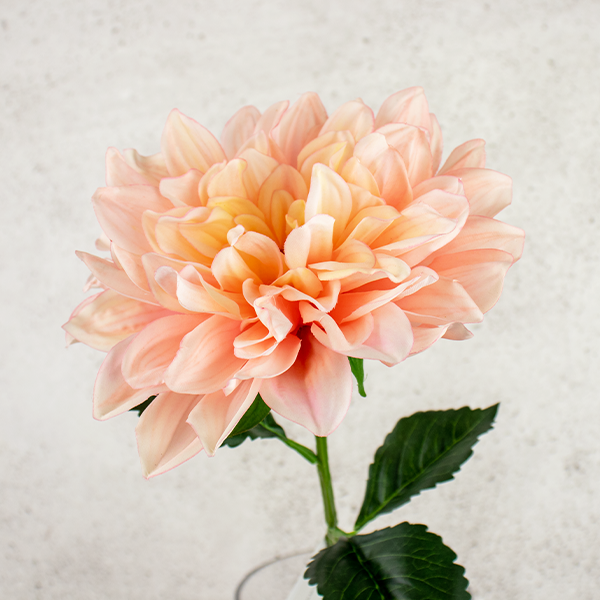Unlocking the Craft: Behind the Scenes of High-Quality Artificial Flowers
Have you ever marveled at the beauty of artificial flowers and wondered how they're made? Prepare to be amazed as we peel back the curtain and delve into the intricate process behind crafting high-quality artificial flowers and floral arrangements..
1. Materials: Selecting the Finest Ingredients
At the heart of every exquisite artificial flower lies a carefully chosen material. From silk and polyester to innovative latex blends, the selection process is critical to achieving a lifelike appearance and long-lasting durability.
Silk Flowers
Silk is prized for its delicate texture and natural sheen, closely mimicking real petals. It allows for intricate detailing and hand-painting, adding realism. However, it is more expensive than other options.
Polyester Flowers
Polyester is versatile and cost-effective, engineered to various textures. It is durable, resistant to fading, and easy to maintain, making it ideal for both indoor and outdoor use.
Latex Flowers
Latex mimics the flexibility and feel of real petals and leaves, providing a realistic look and touch. It is waterproof and wear-resistant, suitable for outdoor decorations.
Blends and Innovative Materials
Combining silk, polyester, and latex, manufacturers create flowers that are visually stunning and durable. Eco-friendly options like biodegradable plastics and recycled fibers are also emerging.
Fabric Treatment and Finishing
Treatments such as UV protection, flame retardant coatings, and fabric stiffeners enhance the durability and safety of artificial flowers, ensuring they maintain their form and vibrancy over time.
2. Design: Replicating Nature
Before production begins, skilled artisans meticulously design each flower, drawing inspiration from nature's palette. Every petal, leaf, and stem is carefully crafted to mirror the intricate beauty of its botanical muse.
Observation and Study
Artisans study live flowers in detail, noting colors, textures, and structures. High-resolution photos and botanical illustrations capture minute details, essential for understanding each species’ unique characteristics.
Sketching and Prototyping
Detailed sketches serve as blueprints for prototypes. Initial models, crafted from materials like clay or wax, help refine shapes and dimensions to ensure accurate replication of the natural flower.
3. Molding: Shaping Petals with Precision
In the world of latex-based flowers, molds play a pivotal role in shaping each component. Crafted with precision and finesse, these molds ensure that every petal and leaf emerges with stunning realism.
Designing the Mold
The process starts with designing a detailed prototype of the petal or leaf, using hand-sculpting or 3D modeling to capture every vein, curve, and edge. This prototype is used to create a master mold from durable materials like silicone or metal.
Forming the Latex
Liquid latex is poured or injected into the master mold, filling every detail. Techniques like vacuum forming ensure even distribution and eliminate air bubbles.
Curing and Setting
The latex undergoes a controlled curing process to set it into a flexible yet sturdy form. Precise conditions are maintained to ensure the latex retains its shape and detail.
Demolding
The cured latex petals and leaves are carefully removed from the mold using special tools to avoid damage. This step ensures the components are free of defects.
4. Colour: Painting Nature's Canvas
True artistry lies in the delicate application of colour. Whether through airbrushing, hand-painting, or advanced digital printing techniques, artisans imbue each flower with lifelike hues and subtle nuances.
Airbrushing
Airbrushing uses a fine spray of paint for smooth, even coverage and seamless blending of shades. It allows precise control over color intensity and gradients, adding depth and dimension to petals and leaves.
Hand-Painting
Hand-painting involves using fine brushes to add intricate details and patterns. This method allows for unique color variations and textures, enhancing the realism of each flower with personalized touches.
Digital Printing
Advanced digital printing replicates complex patterns and color gradients with high resolution. This technique ensures consistency and detail in large batches, accurately capturing the beauty of real flowers.
Dyeing
Dyeing immerses petals in dye for uniform color saturation. Gradual immersion creates ombre effects and gradients, providing a rich base for further detailing.
Color Blending
Artisans mix custom colors to match real flowers' shades and tones. Layering and blending techniques create natural transitions and complex hues, replicating natural variations.
UV Protection
UV protection coatings prevent colors from fading due to sunlight exposure, maintaining vibrancy over time, especially for outdoor flowers.
5. Assembly: Bringing Blooms to Life
With materials prepared and colors perfected, it's time for assembly. Skilled hands deftly layer petals, attach leaves, and sculpt stems, transforming individual components into breathtaking botanical creations.
Layering Petals
Artisans delicately layer petals, starting from the center and working outward to create depth and dimension.
Attaching Leaves
Leaves are carefully attached to the stem, paying attention to natural angles and positions.
Sculpting Stems
Stems are shaped to be sturdy yet flexible, with attention to natural curves and textures.
Adding Details
Fine details like buds and thorns are added to enhance authenticity, using additional materials if necessary.
Ensuring Stability
Each component is securely attached using high-quality adhesives and structural supports.
6. Finishing Touches: Tiny details
No detail is too small in the pursuit of perfection. From adding delicate veins to leaves to dusting petals with a touch of pollen, every finishing touch enhances the authenticity and allure of the final product.
7. Quality Control: Ensuring Excellence
Before they grace homes and events around the world, each artificial flower undergoes rigorous quality control checks. From structural integrity to color consistency, nothing is left to chance in our quest for excellence.
8. Innovation and Evolution: Pioneering the Future
As technology advances, so too does the art of artificial flower production. From 3D printing to cutting-edge materials, innovation continues to push the boundaries of what's possible, ensuring that tomorrow's blooms are even more lifelike than today's.
Experience the Magic for Yourself
Now that you've glimpsed behind the scenes of high-quality artificial flower production, why not bring some of that magic into your own home? Explore our exquisite collection and discover the beauty of everlasting blooms that will captivate and delight for years to come.
Conclusion: Silk Flowers, One Petal at a Time
From material selection to final assembly, the journey of creating high-quality artificial flowers is a testament to the marriage of artistry and innovation. With every meticulously crafted bloom, we celebrate the timeless beauty of nature and invite you to join us on this enchanting journey.
Ready to adorn your space with everlasting elegance? Explore our collection today and experience the enchantment of high-quality artificial flowers firsthand.




Leave a comment
This site is protected by hCaptcha and the hCaptcha Privacy Policy and Terms of Service apply.